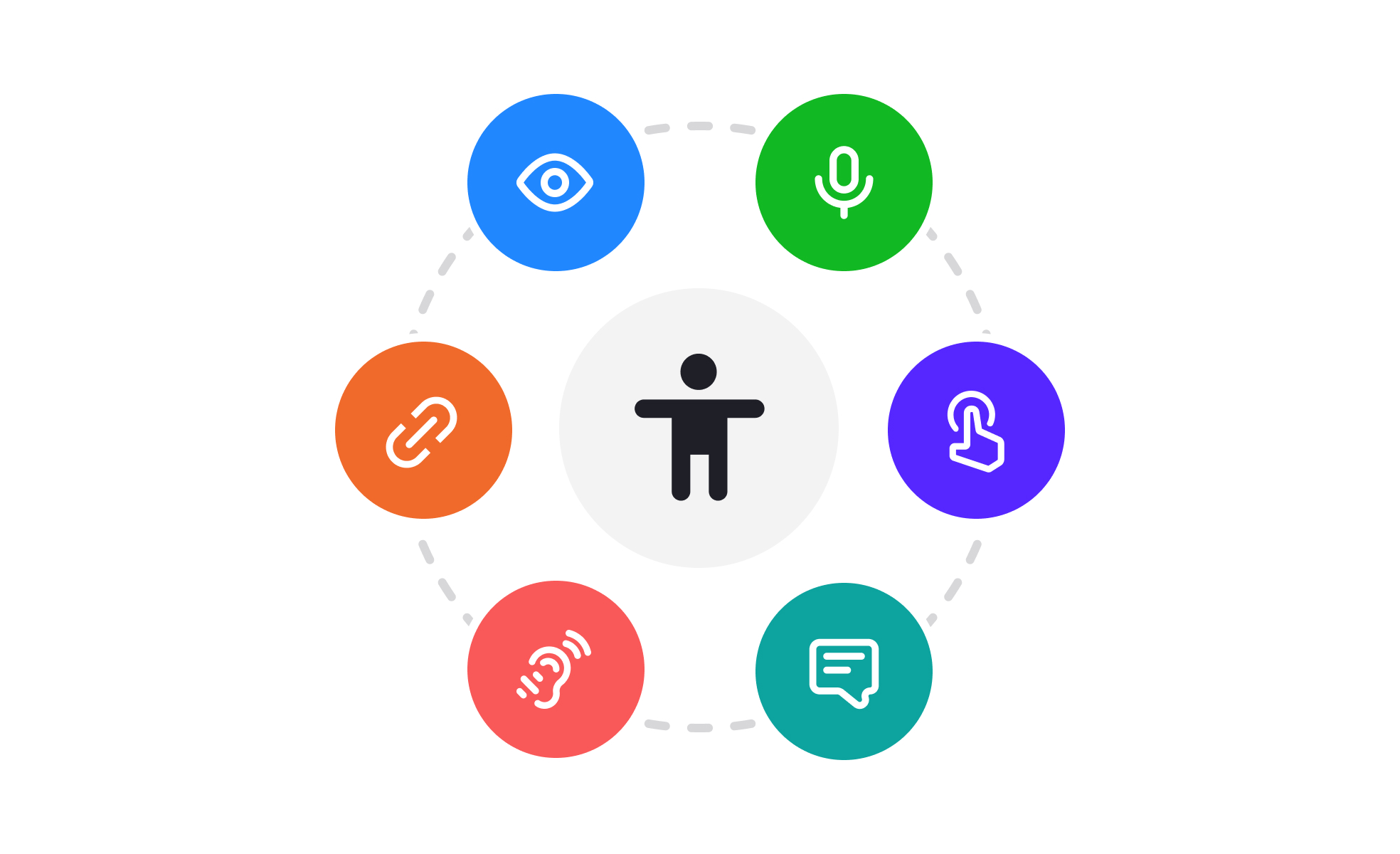The Crucial Role of Accessibility in UX: Creating Inclusive Digital Experiences
In the ever-evolving digital landscape, creating user experiences (UX) that are accessible to everyone is no longer just a nice-to-have; it’s a necessity. Accessibility in UX focuses on designing digital interfaces that cater to the needs of users with disabilities, ensuring that everyone can interact with and benefit from your website or application. But why is accessibility in UX so important, and how can you integrate it effectively into your design process?

What is Accessibility in UX?
Accessibility in UX refers to the practice of designing digital experiences that are usable by people with various disabilities. This includes addressing the needs of individuals with visual, auditory, motor, and cognitive impairments. The goal is to create an inclusive environment where all users, regardless of their abilities, can navigate and engage with digital content seamlessly.
Why Accessibility in UX Matters
- Broader Audience Reach: Designing with accessibility in mind ensures that your digital content is usable by a larger audience. The World Health Organization estimates that over a billion people globally have some form of disability. By making your digital experiences accessible, you tap into this significant and often underserved audience.
- Enhanced User Experience: Accessible design benefits everyone. Features like clear navigation, readable fonts, and alternative text for images not only help users with disabilities but also enhance the overall usability of your site. Accessibility improvements often lead to a more intuitive and user-friendly interface for all users.
- Legal and Ethical Considerations: Many countries have legal requirements for digital accessibility. For instance, the Americans with Disabilities Act (ADA) and Section 508 of the Rehabilitation Act in the United States mandate that digital content be accessible to individuals with disabilities. By adhering to these standards, you avoid potential legal issues and demonstrate your commitment to ethical design practices.
Key Principles of Accessibility in UX
- Perceivable: Ensure that all content is presented in a way that users can perceive it. This includes providing text alternatives for non-text content, such as images and videos, and ensuring adequate contrast between text and background colors. Perceivable content is essential for users who rely on screen readers or other assistive technologies.
- Operable: Design interfaces that are operable by all users, including those who use keyboard navigation or other assistive devices. This means ensuring that interactive elements like buttons and links are easily accessible and can be used with various input methods.
- Understandable: Content should be easy to understand. Use clear and simple language, provide straightforward instructions, and organize information logically. This helps users with cognitive disabilities and improves readability for all users.
- Robust: Ensure that your content is compatible with a wide range of assistive technologies and web browsers. Follow coding standards and best practices to ensure that your site or application functions correctly across different platforms and devices.
Implementing Accessibility in UX
To integrate accessibility into your UX design, start by evaluating your current practices against established guidelines. Many resources offer valuable insights and tools for creating accessible designs. Conduct regular accessibility audits, involve users with disabilities in testing, and incorporate their feedback into your design process.
Incorporating accessibility from the beginning of the design process is crucial. It’s more efficient to build inclusive features into your design than to add them later. By prioritizing accessibility in UX, you create a more inclusive digital environment that benefits all users.
Conclusion
Accessibility in UX is a fundamental aspect of creating digital products that are usable and inclusive for everyone. By understanding and applying accessibility principles, you enhance user experience, comply with legal standards, and reach a broader audience. For more detailed guidance on making your digital experiences accessible, visit Accessibility Spark. Embracing accessibility as a core element of your UX design process will help you build a more equitable and user-friendly digital world.
By using this site you agree to this Privacy Policy. Learn how to clear cookies here
Baalbek: Waar geschiedenis en mythe samenkomen यूएस ओपन: टेनिस की दुनिया का सबसे बड़ा ग्रैंड स्लैम Kuba: Uw ultieme gids voor de fascinerende wereld van de Kuba-cultuur Macaristan Milli Takımı: Macar Futbolunun Gururu Macaristan Milli Takımı: Dünyanın En Altın Takımlarından Biri Cuộc thi 80 năm Quân đội 2025 公共假期新加坡 2025 Public Holidays Singapore Курс биткоина: куда пойдет главная криптовалюта мира?